“4 degrees and beyond?”
Forget the 2 degree C. target. Experts meeting at Oxford University at the moment are discussing what the consequences of a 4 degree rise in temperature would be. Given that emissions growth since 2000 has been at the upper end of the IPCC scenarios, they are saying drastic emissions reductions have to happen or we will be heading for a 4° rise.
While the UNFCCC conference in Bangkok is trying to hammer out the details of an agreement for Copenhagen, the scientists and other experts in Oxford are looking at the consequences if Copenhagen fails to agree major carbon emissions cuts. Professor John Schellnhuber from Germany’s Potsdam Institute for Climate Impact Resaerch, one of the world’s leading climate experts, has expressed grave doubt that the USA will agree to a substantial Copenhagen agreement. He described the US as “climate illiterate”.
The 4 degrees and beyond conference website
Satellite Arctic and Antarctic images alarm scientists

(Greenland coastal glacier I photographed this summer)
More worrying news on the ice front. A study based on the analysis of millions of NASA satellite laser images has indicated that coastal ice in Greenland and Antarctica is thinning more extensively than expected. The biggest loss of ice is caused by glaciers speeding up when they flow into the sea, according to scientists from the British Antarctic Survey (BAS) and Bristol University. There is a clear pattern of glaciers thinning across large areas of coastline, sometimes extending hundreds of kilometres inland. The scientists think the cause is probably warm ocean currents reaching the coast and melting the glacier fronts.
Worryingly, the scientific community still does not have enough information to understand this fully and predict what impact it will have on sea level rise.
According to the study, 81 of 111 fast-moving glaciers in Greenland are thinning at twice the rate of slow-flowing ice at the same altitude. This is called “dynamic thinning”, which means loss of ice caused by a faster flow. Apparently, it is much more significant than people thought before. This fits with what scientists I talked to in Greenland a few weeks ago were saying.

Melting from below
Climate Cup half-full or half-empty?
Following the comments on the New York climate summit in the media is like surfing. Up you go on a wave of optimism, then down into the depths of almost-despair. “Barack Obama warns world of climate catastrophe”, “Obama disappoints environmentalists”, “China’s carbon pledge boosts hope of global climate deal”. My colleague Christina Bergmann, one of our US correspondents, opts for “The Chances for Copenhagen have risen again”. Her optimistic headline reflects Ban Ki Moon’s satisfaction about climate change being right up at the top of the agenda of the world’s leaders. Japan and China also give grounds for optimism, Japan with a clear pledge to reduce emissions by 25 percent by 2020, China with a message of strong intent, but no firm targets.
President Obama is clearly in a difficult position, trying to get backing at home for what would represent a dramatic change in policy. Still, given signs by the top emitters China and the USA, Japan and key emerging nation India that the importance of an effective Copenhagen deal is paramount, we have to be optimistic. As one of the Green candidates in Germany’s election (coming up this Sunday) said to me at an event last week, “we have no option”. The alternative is too awful to contemplate.
Climate Pep-Talk for world’s leaders in New York
You can’t get much higher a level than this one, with UN Secretary-General holding his own climate summit. I was at a UNFCCC briefing ahead of this, and they see it as Ban Ki Moon trying to get the urgency of an ambitious Copenhagen deal across to the world’s leaders. There are high hopes the Chinese will push the US to action by announcing some far-reaching plans.
There’s some background here:“Skeptical Environmentalist” Björn Lomborg not keen on climate conferences
Why maybe we do need all these climate talks
A tough task for Ban Ki Moon
Arctic summer ice latest
It’s the time of reckoning again for the Arctic ice, as summer comes to an end and the freezing seasons starts. The scientists are constantly improving their measuring and forecasting, so the results come as no real surprise.
Germany’s Alfred Wegener Institute for Polar Research puts the ice extent figure at 5.1 million km2, which is only 70 percent of the longer-term average between 1979 and 2000. It is not as low as the schocking record low of 4.1 million km2 in 2007. But the experts stress that does not mean a recovery. The slight increase this year is fresh ice, which is less thick. The AWI’s Professor Ruediger Gerdes says the proportion of thicker perennial ice has been reduced so far that summer ice cover is much more sensitive to atmospheric anomalies than it was 10 or 20 years ago.
Two ships went through the north-east passage this summer. The Arctic is changing fast.








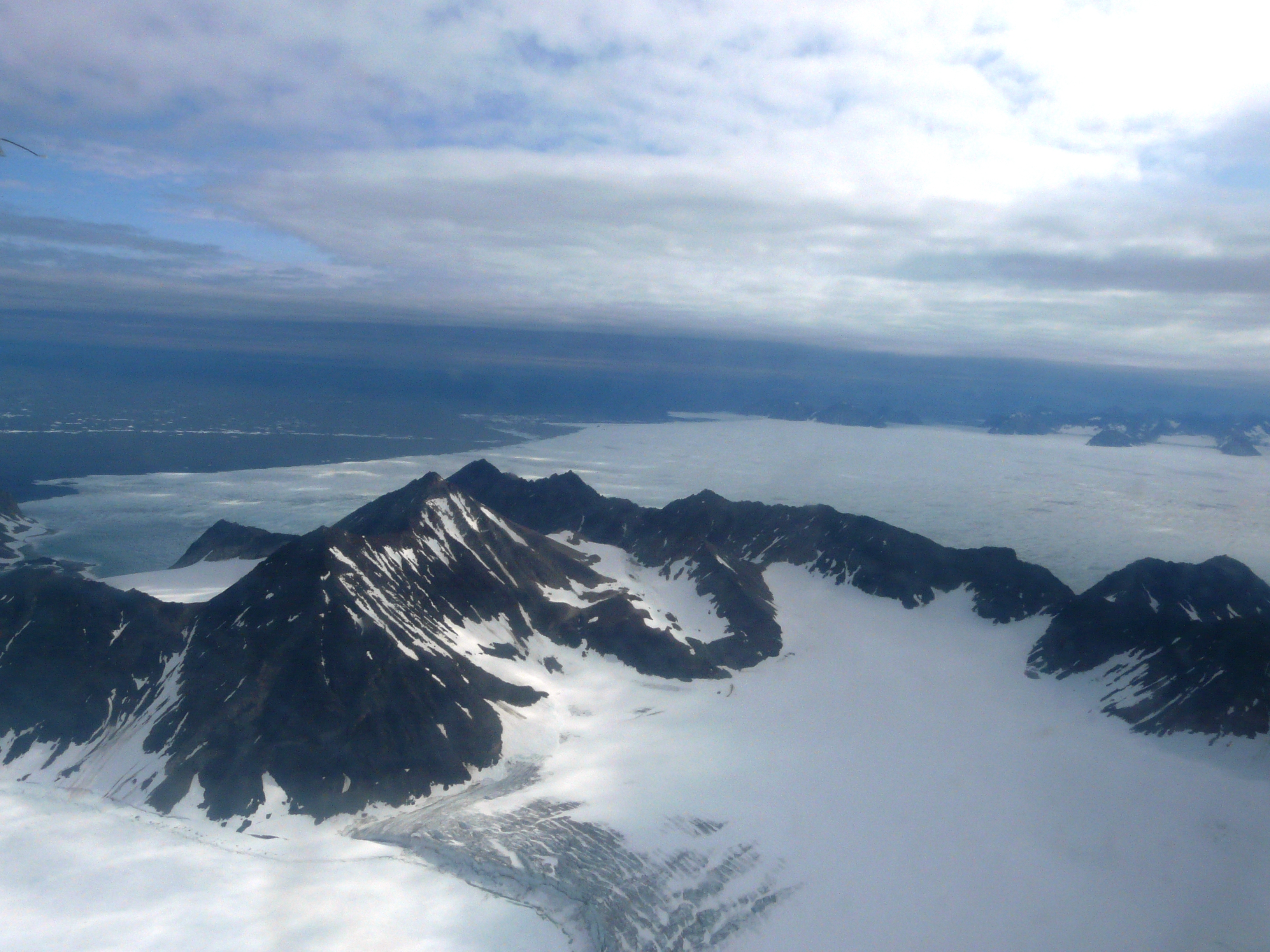
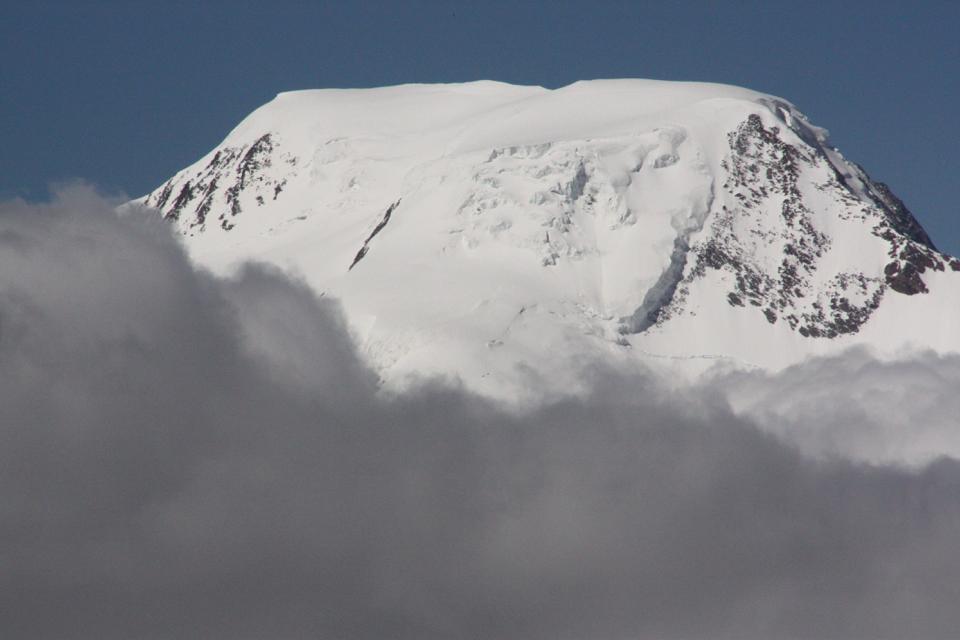
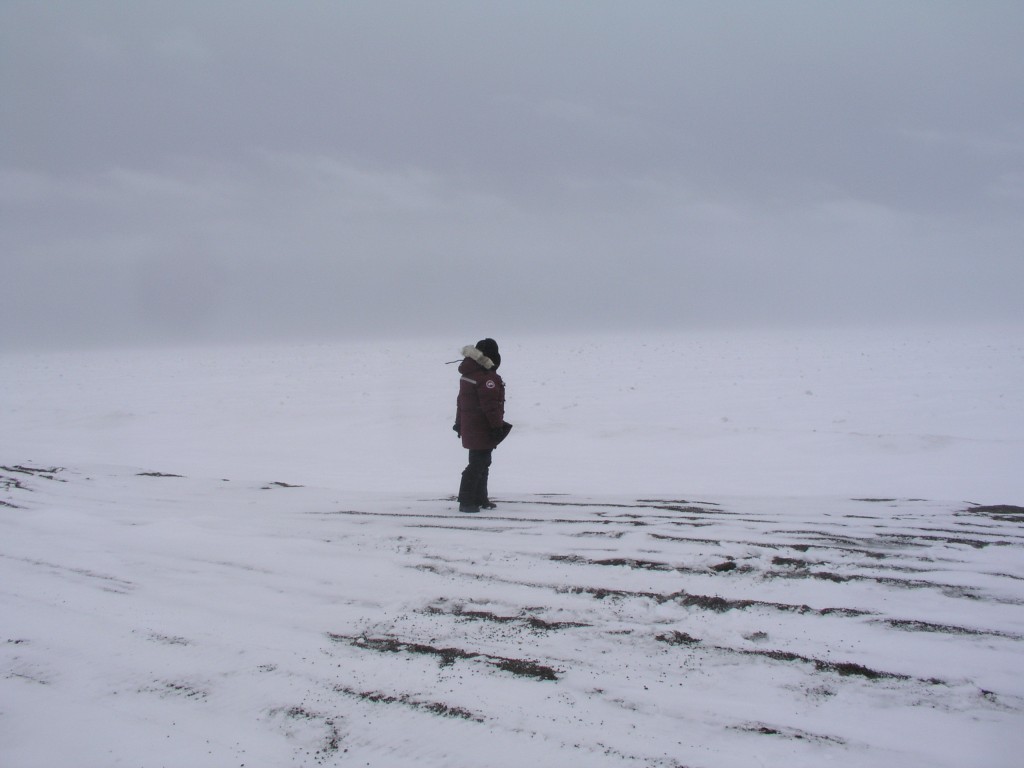
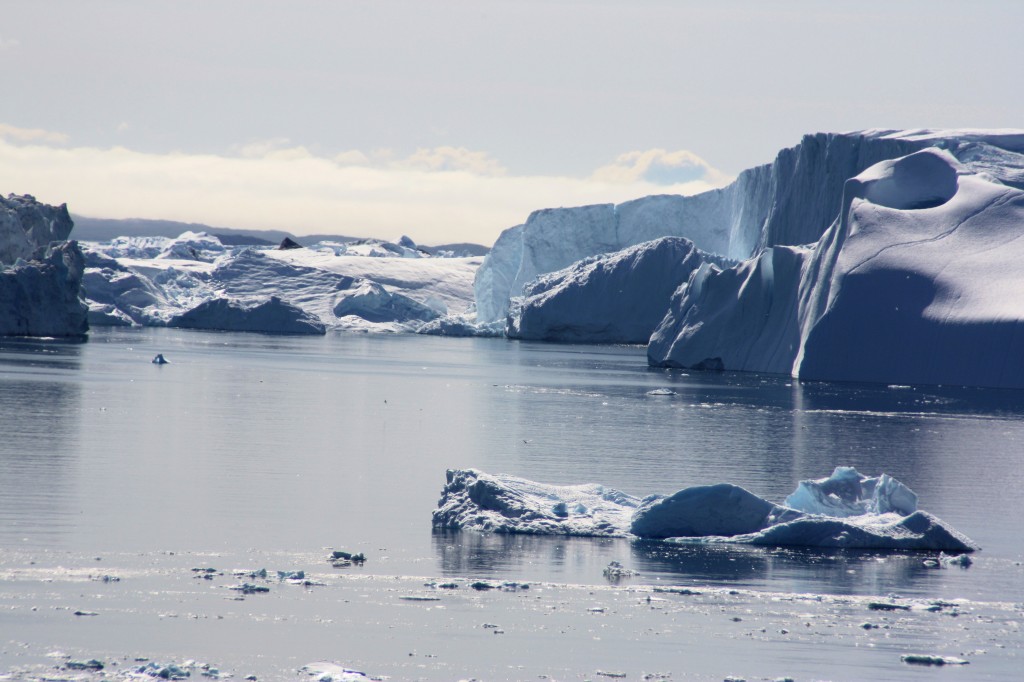
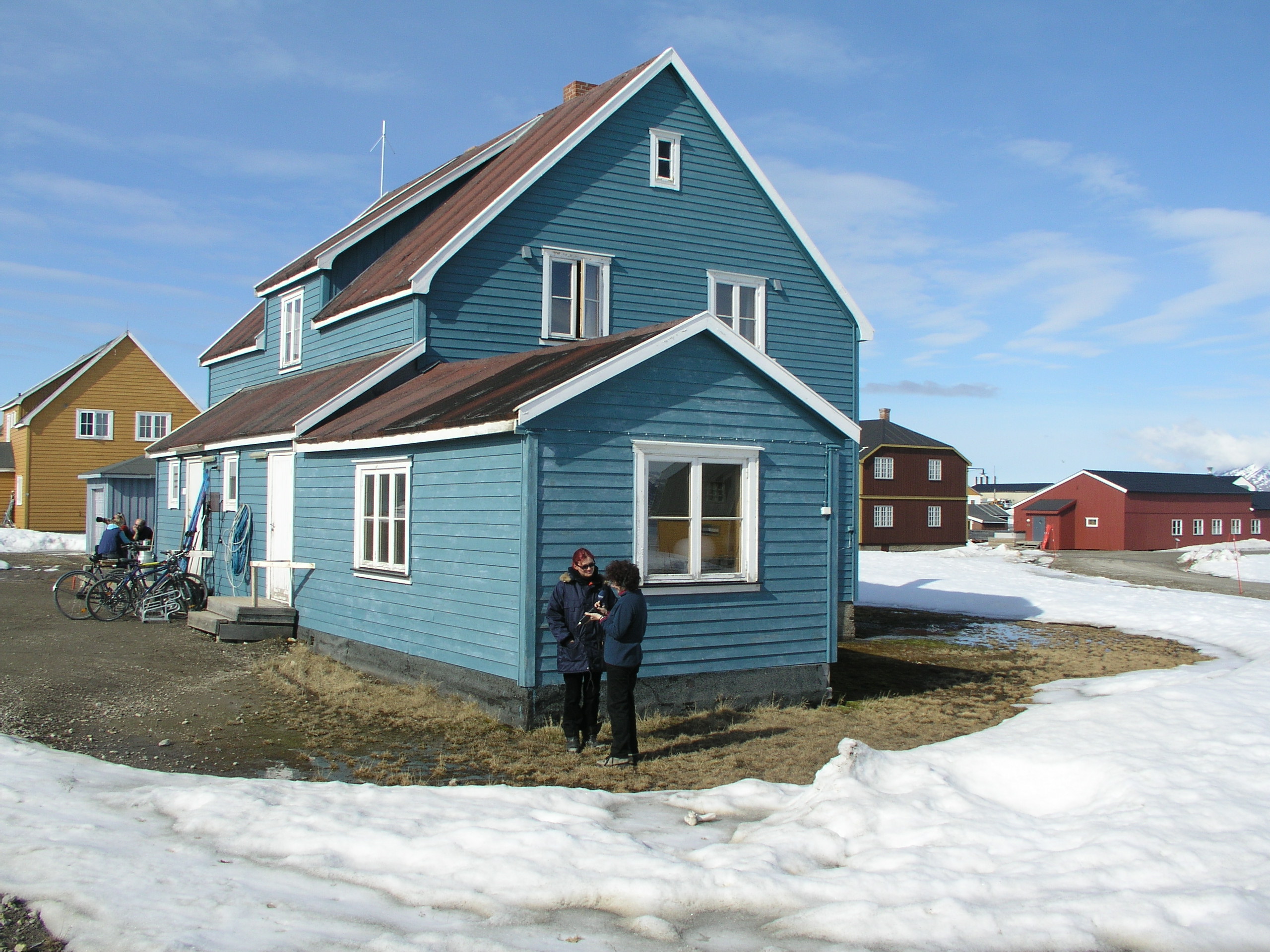
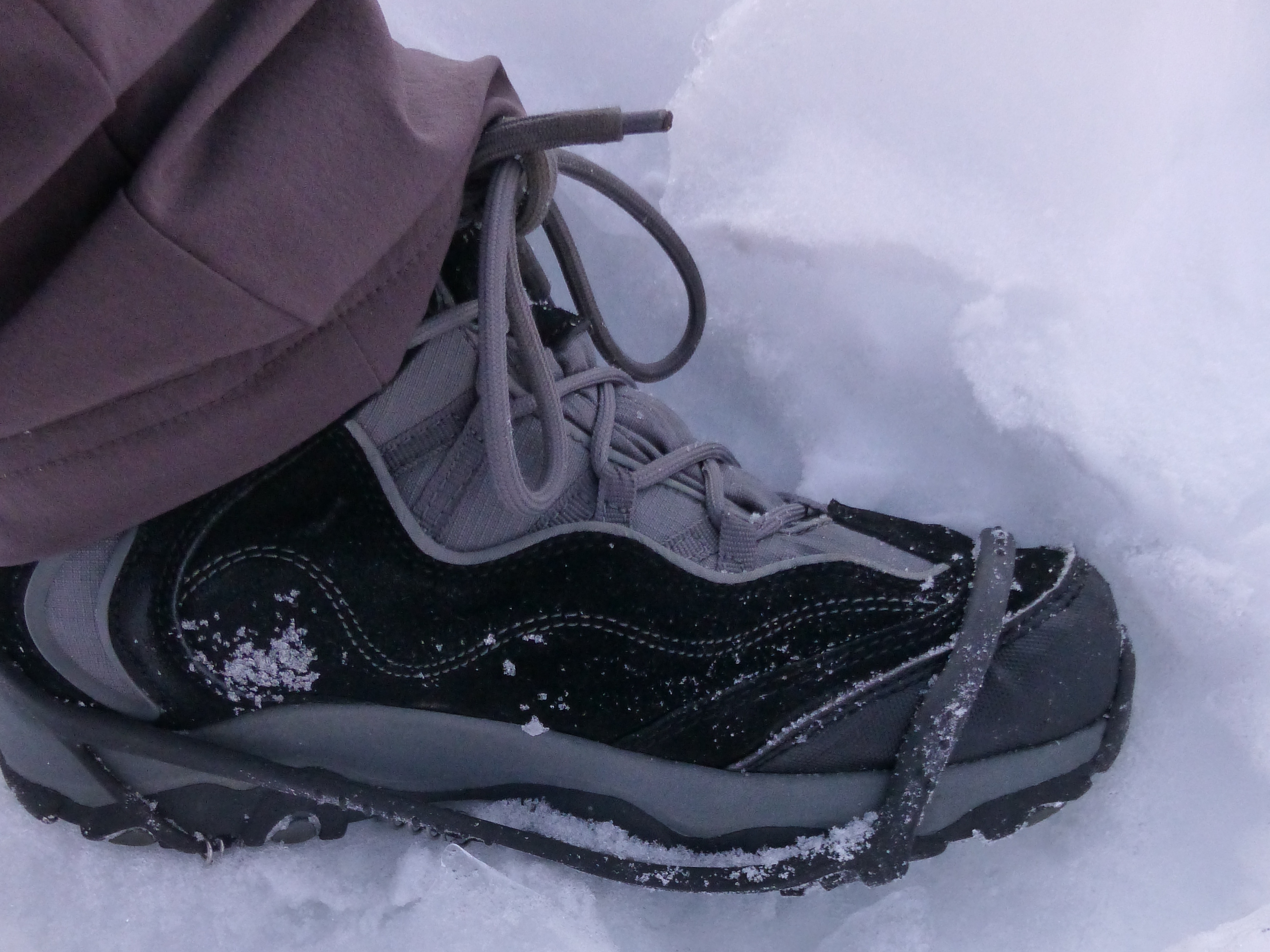
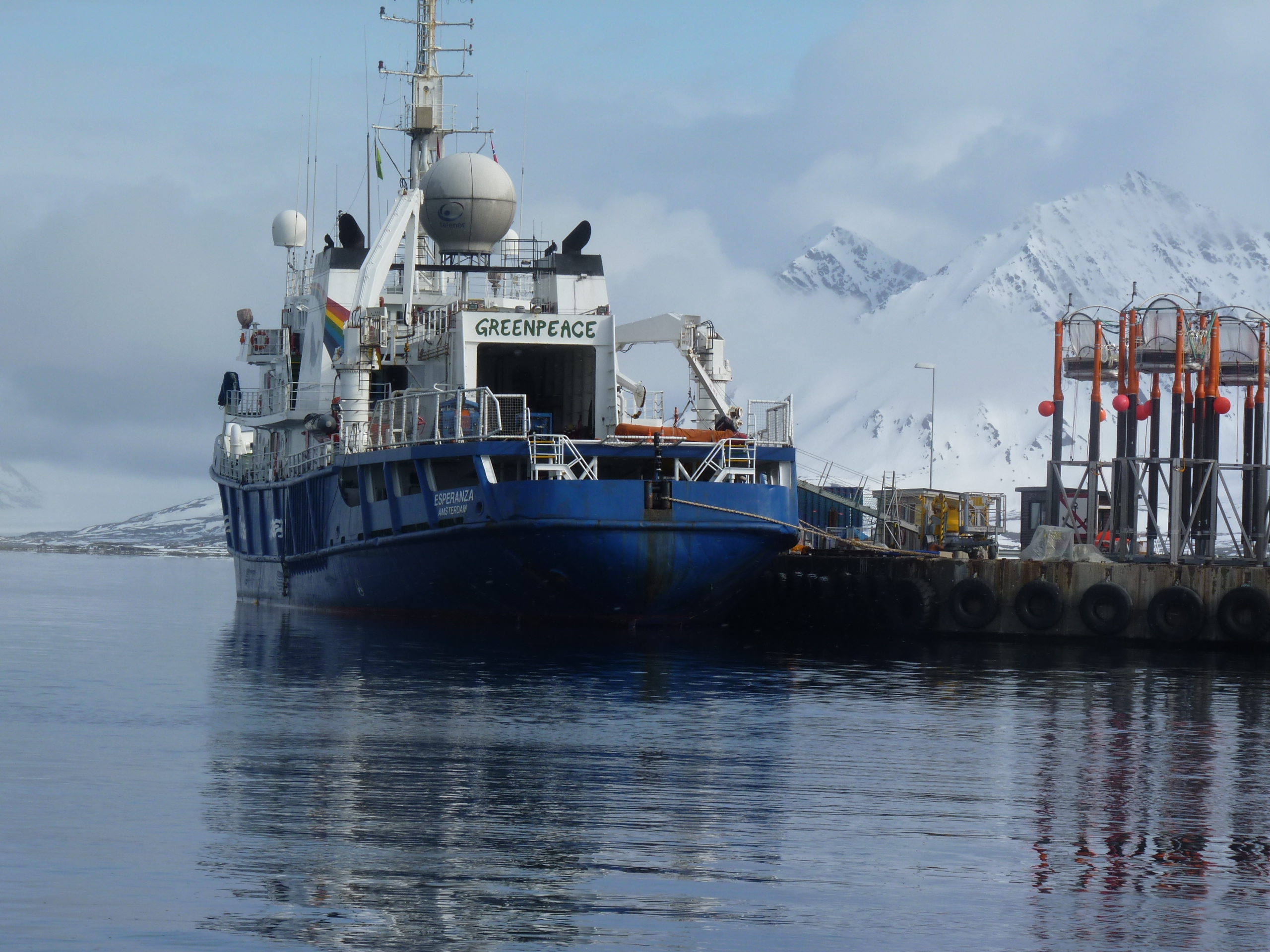
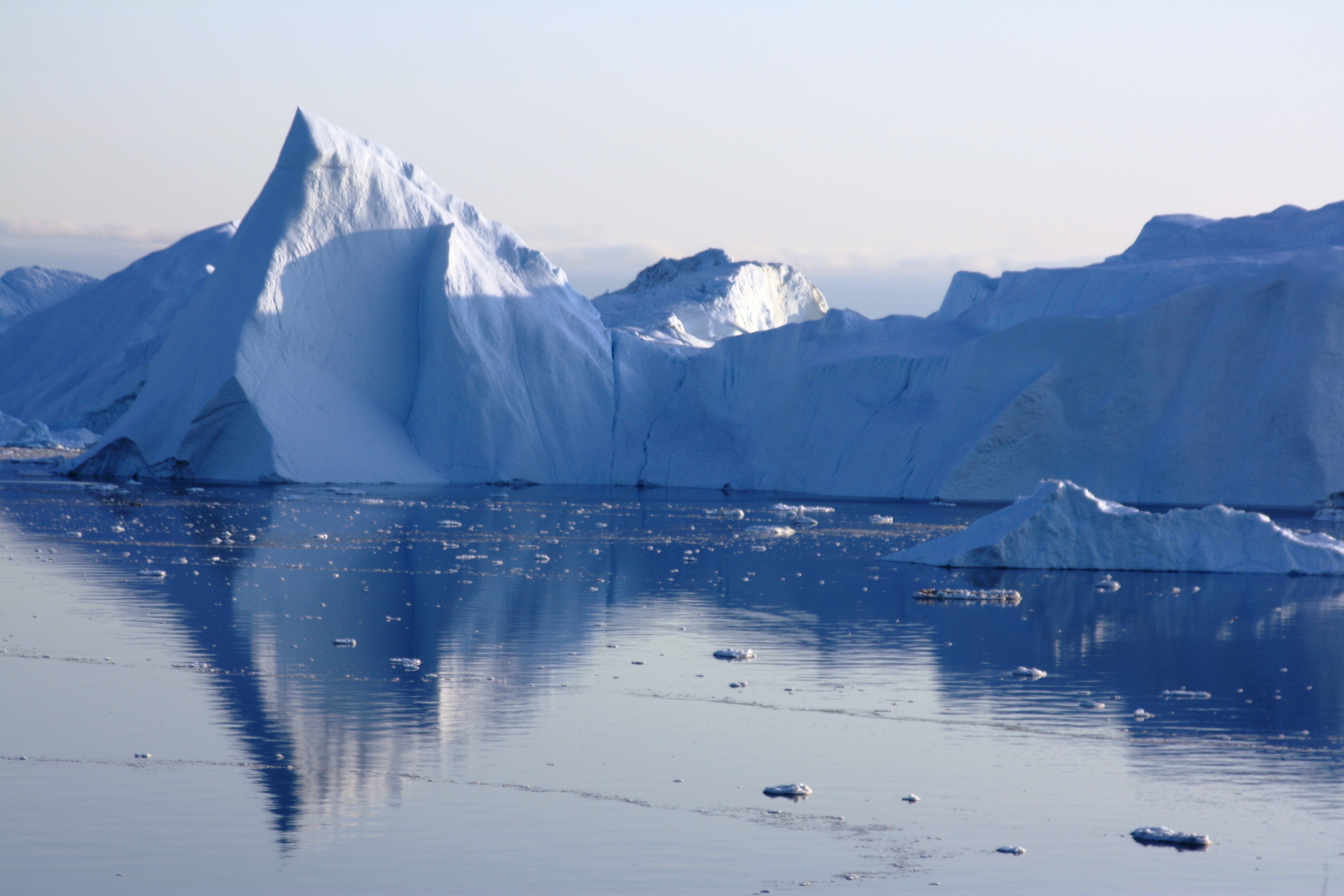
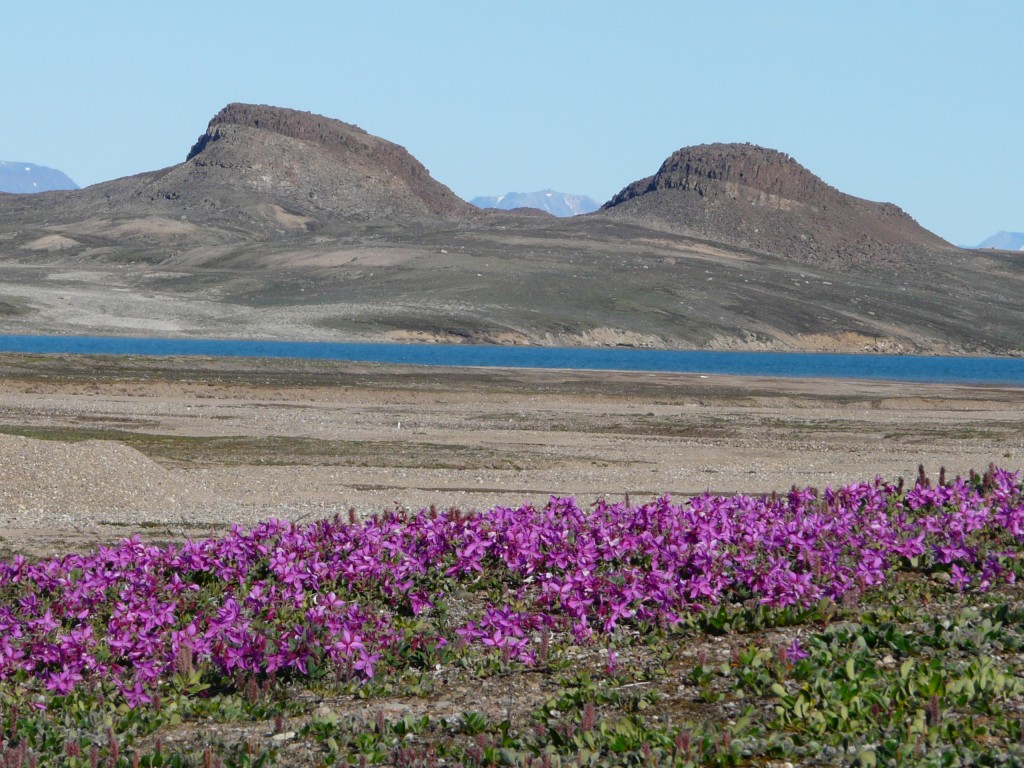
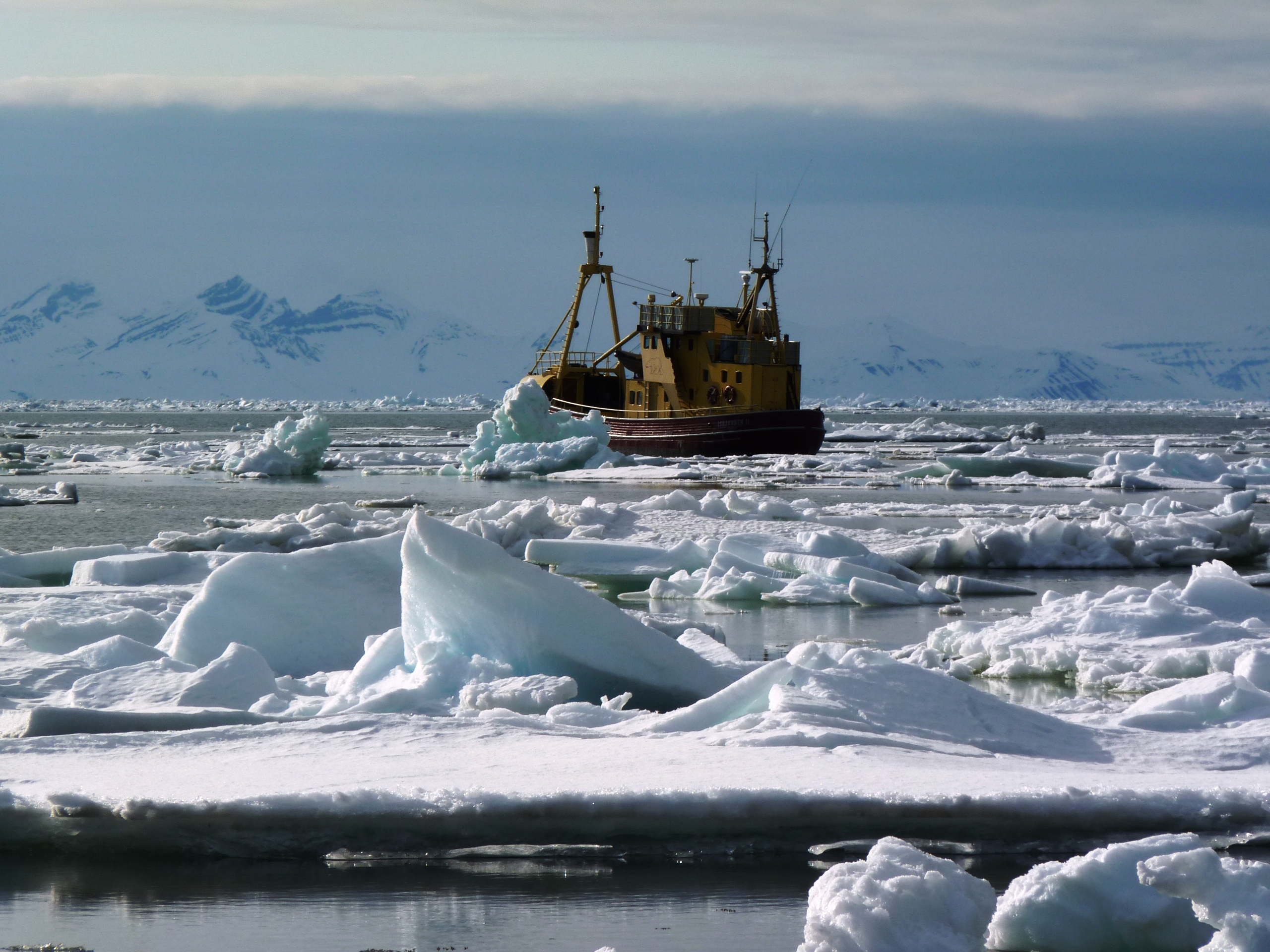
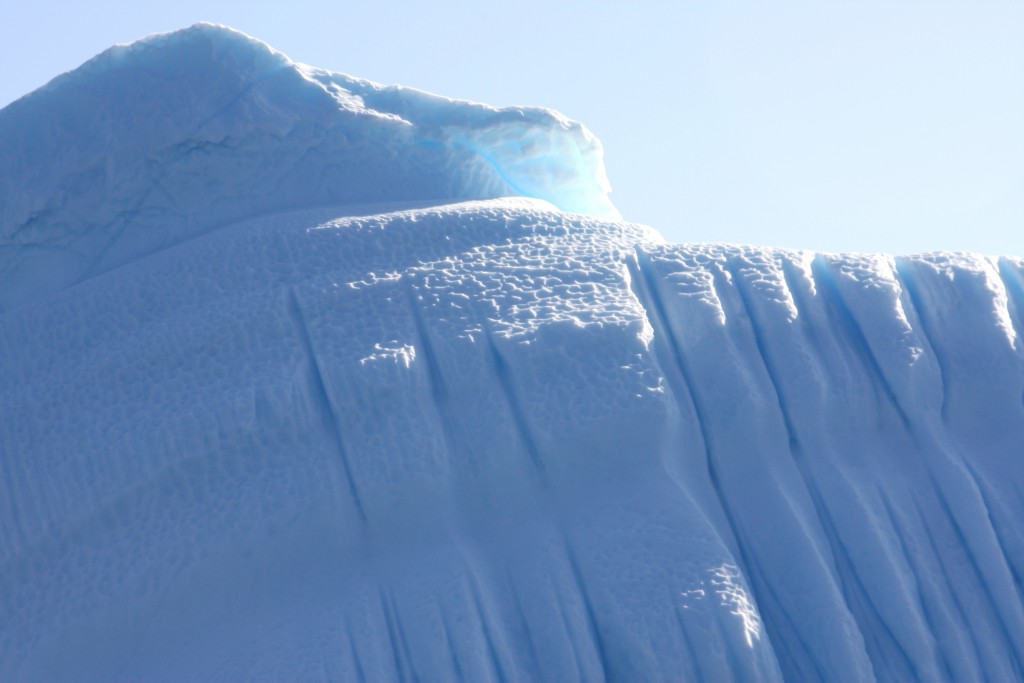

Feedback